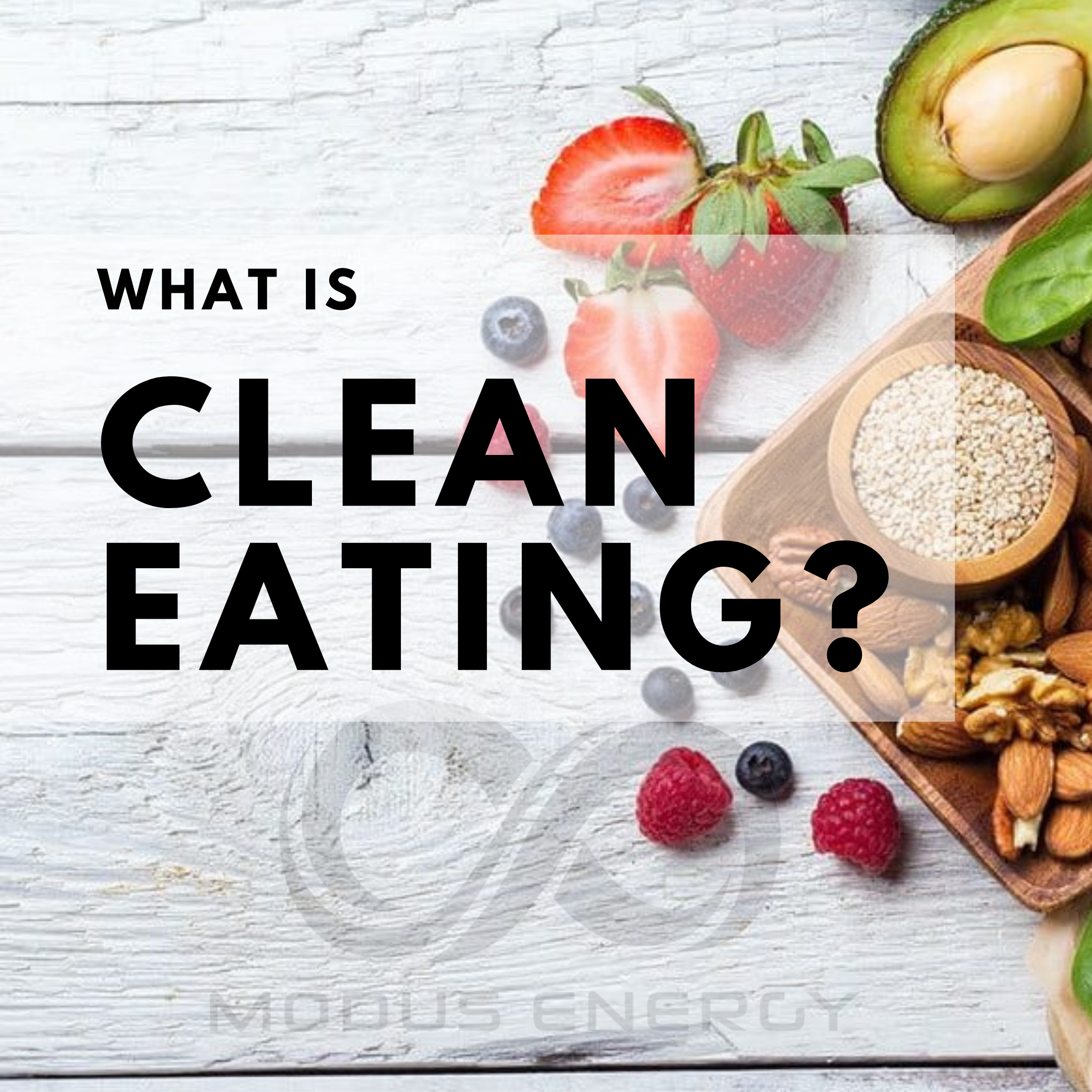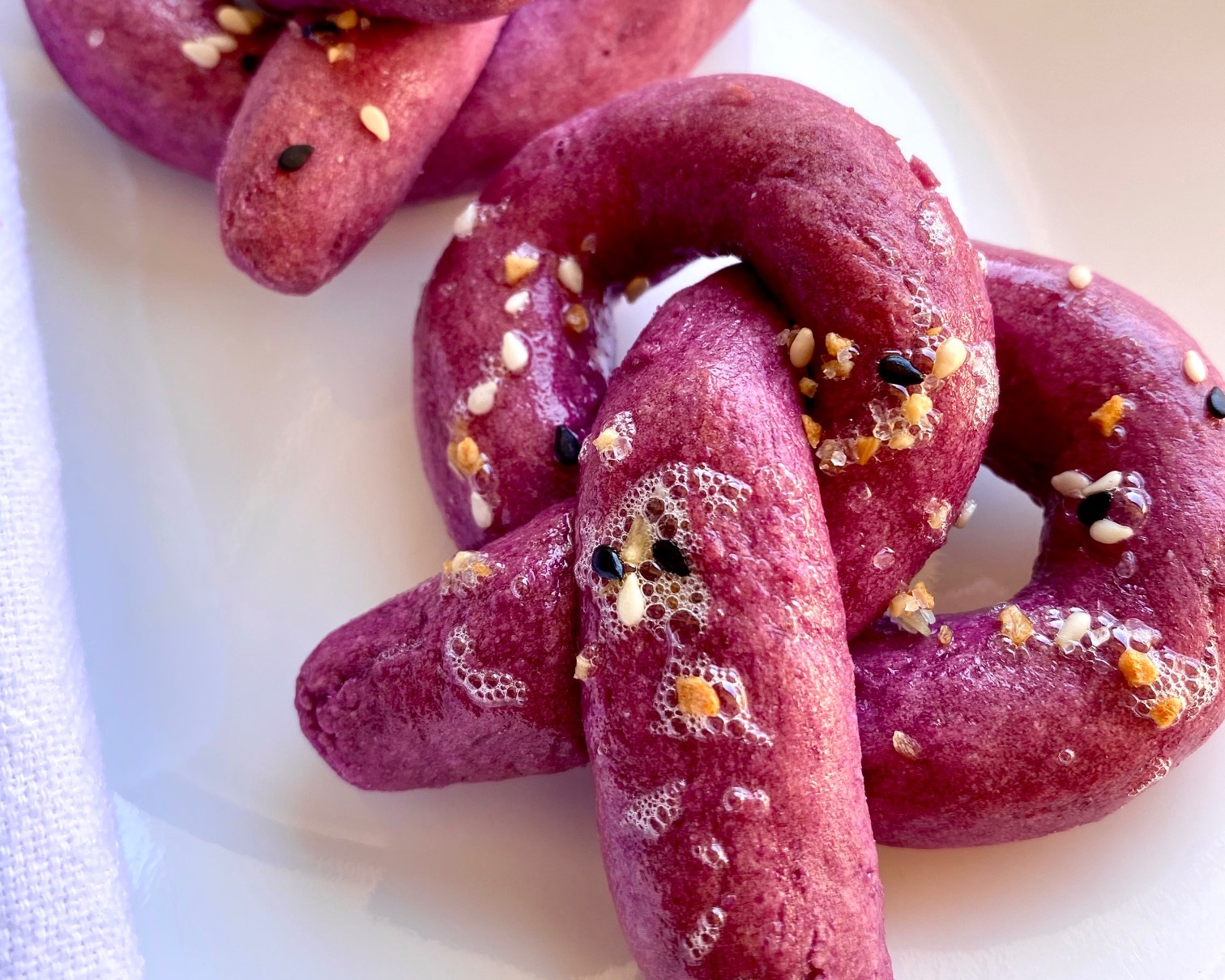About Green Beret Fitness and Operation Dark Horse.
GBF hosts one-of-a-kind endurance event experiences intended to test physical and mental limits. If you need something new and are looking for new fitness tests, check out the variety of events they have to offer. Owner Gregg McLeod designs many of the events based on his experience as a British Army Officer. Operation Dark Horse was unique, fun, and challenging – I’ll certainly be back for more GBF events.
Specific for Operation Dark Horse, the unique challenge is carrying a piece of expensive functional equipment long distance and ensuring it remains in working order throughout. Teams of two carry a Concept2 rowing machine approximately nine miles through the mountains. If you are not familiar with the rowing machine, it’s about 57 lbs. of long, very unevenly distributed weight. The course spanned three peaks, and at the top of each peak the team rows 10,000m. Fastest teams (completing the course in under 6.5h) earned dog tags and some great prizes by Born Primitive and Concept2.

Thanks to Dark Horse Rowing for supplying the rowers. A few years back, I used their 12-week training program to complete a marathon row. If you want to become a stronger rower, it’s excellent programming.

Setting Off
It was clear all teams were excited to start the epic adventure and the weather was cool. I was thrilled to see many friends I hadn’t seen in awhile. The admin phase was brief and logistically smooth. Gregg provided the rules and shared some of his background and experience. We had a required packing list including water, but gear was not checked. Even though the 11 teams who showed up comprised experienced athletes, there is usually always someone who shows up short on water for events. Adequate hydration is critical; thirst is not often a good indicator of hydration during exercise and thirst drive may decrease in cooler weather. Frequent sipping is highly recommended no matter the case.

Surpriiiise! Each team had to row 2K before setting off, then another 2k at the finish. My friend and teammate Steph had a strong row out of the gate. Can I highlight that Steph is a beast? She’s got the physical AND mental chops to endure which means she has a long an successful career ahead as an Athlete and Coach. Most of the time when I describe an event to someone and ask them if they want to do it, they look at me like I need to be checked into a mental hospital. Steph is my people…..she quickly said, “OK let’s do it”.
First lesson learned – we assumed the rower was precious cargo and needed to come back in identical condition, including keeping dust out of it. We lost a little bit of time here rigging up protections after the 2k row. It was unnecessary.

Second lesson learned – we lost significant time by deciding to keep the rower in one piece and carrying it together. We trained this way, and I didn’t think to change plans after Gregg told us we could break down the rower. Moving is MUCH faster by breaking the rower in two pieces (there’s an easy latch right behind the foot pads) and have each teammate carry one piece, trading off on the heavier end. Taller teams may even be able to carry the full rower solo and switch off.
Steph and I were about 2 miles in before “figuring it out”. Once we dialed in the carry we moved quickly, but it was not enough to make up the time we lost.
On the move

I found the easiest way to carry the heavier flywheel piece is draping it across both shoulders supporting it slightly on top of the ruck versus keeping full weight on one shoulder. Even distribution across the shoulders also helps maintain balance on the steep downhills (which were slippery due to gravel and rocks). I used bumper straps as loops which provided extra stability when moving quicker.
Rowing

Communication and volunteers were well planned at the event. Thanks to our amazing San Diego Triton Ruck Club, people were posted at each of the peaks to help keep track of us. In addition to the teams having to provide checkpoint texts to Gregg, the volunteers noted when we arrived and left each peak. The volunteers were also patient ambassadors explaining to random hikers what the heck the event was about.
It was surreal rowing with a mountaintop view! Steph and I made solid time on the 10K rows, trading off every 1K. Keeping cadence/stroke rate discipline at target pace ensures you aren’t too gassed before stepping off again. We looked forward to each row as a break from lugging it around. Each of us having a few minutes break during the row was a great time to fuel and rest.
Self-learnings
Although it didn’t go quite as we expected and Steph and I had a lot of gas left in the tank, we did get a nice dose of odd-object carrying suck.
Any event where you get a real “test” out of yourself is a worthwhile event – and it might not be fitness that’s tested. It is exceedingly hard for me to slow down and be present in the moment. This event forced me to mentally pivot from “drive” to “stop and smell the roses”.
I think I needed this lesson, on this day.
When I’m 100 years old, I’m not going to remember carrying a rower. I’ll remember how the sky looked like a painting, and Steph and I laughing at the absurdity of what we were doing. I’ll remember trodding around and giggling with Jessica, just like always.
The dog tags can wait until next time (the 6.5h cutoff time is reasonable).


Nutrition for Dark Horse
As there was no dead ruck weight requirement for this event that takes up space, there is plenty of room to carry all hydration and fuel needs. If you are a 1:1 endurance nutrition client or a member of Heavy Drop Training Nutrition, I’ve previously shared the fundamentals of energy systems in the context of exercise and endurance events video.
Considering the goal of Operation Dark Horse is to move as quickly as possible in the hills with weight, glycogen replenishment through ingestion of fast digesting carbohydrates is important to maintain muscle force production, demands intensified by work that is both load bearing and eccentric aka increased mechanical strain due to controlled lengthening of certain muscles during downhill movement. If you’re unaccustomed to this work, it’s a recipe for delayed onset muscle soreness (DOMS).
Size, intensity, duration, training status (including GI training), body composition, will all factor into personal carbohydrate requirements per hour. Assuming that one would be fast hiking and running with the rower, and then periodically rowing with intensity, liquid carbohydrate and electrolyte consumed in water on the move is an excellent idea to cover most calorie replacement (and caffeine is an excellent supplement to reduce perception of pain), supported by a smaller amount of low fiber and low fat food. Fluid intake requirements should be based on climate, environment, and sweat rate. As a bare minimum in San Diego fall weather – 0.75L/h of water and 60g CHO/h, ramping higher in the later hours of the event.
1:1 Nutrition Coaching for Endurance Athletes
Contact me to review and discuss your goals. Look forward to hearing from you!
✓ Eliminate the guesswork from nutrition
✓ Optimize performance for endurance events
Follow me on Instagram and Facebook.
I am an Amazon Affiliate and earn on qualifying purchases. This helps keep the website ad and pop-up free.
































































































































































































